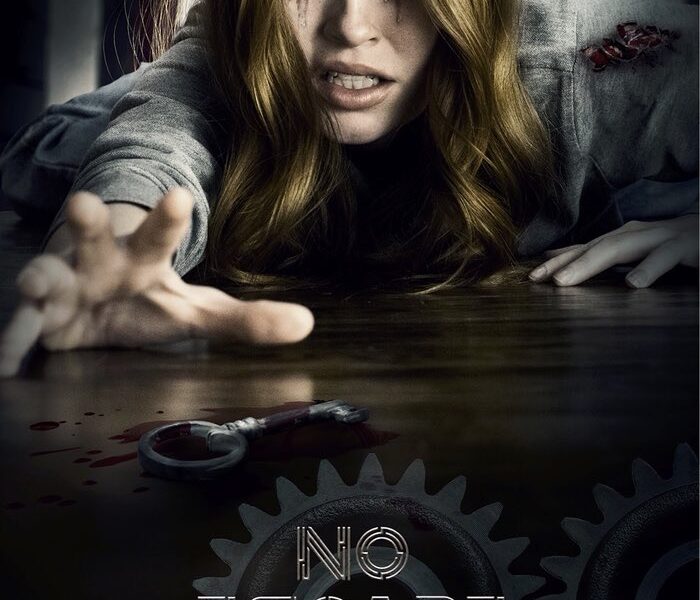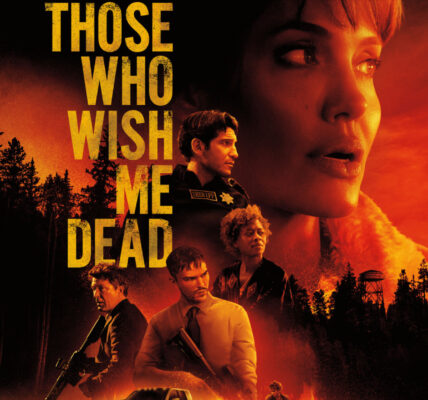Movie Overview
- Title: No Escape Room (2018)
- Genre: Horror / Thriller / Paranormal Game
- Director: Alex Merkin
- Main Cast:
• Jeni Ross as Karen
• Mark Ghanimé as Michael (the father)
• Kathryn Davis, Hamza Haq, Dennis Andres, Brianna Barnes in supporting roles - Where to Watch: Available via streaming / digital platforms; listed on Netflix in some regions.
1. Plot Summary
Karen and her father Michael are traveling together (in the wake of her parents’ divorce and a strained relationship) when their car breaks down in a remote area. To pass time while waiting for repairs, they discover a local escape-room attraction.
They enter the escape room along with several other participants. What begins as a themed “fun challenge” gradually reveals sinister or paranormal elements: puzzles, apparitions, time loops, and hints that this is not just a game.
As the fatal stakes raise, the group realizes they may not be able to leave, and that the escape room is bound up with dark experiments, supernatural phenomena, and possibly a looping trap of time.
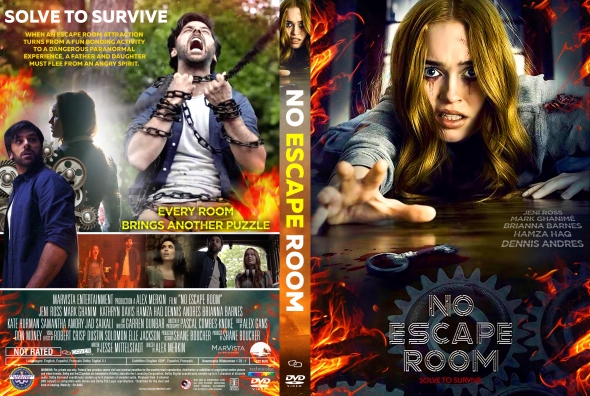
2. Notable Elements
Strengths / What Works
- Premise & Genre Hybridization: The film taps into the popular “escape room horror” subgenre but mixes in paranormal/time loop elements. This twist helps it feel a bit different from pure trap-horror.
- Atmospheric Build / Slow Burn: In its early acts, the film plays with tension, uncertainty, and the uncanny. The audience is made to question whether strange events are hallucination, supernatural, or machination.
- Father–Daughter Dynamic: The relationship between Karen and Michael gives some emotional grounding. Their strained bond and attempts at reconciliation add a personal stake beyond just survival.
- Twist & Loop Explanation: The ending suggests a time loop or recurrence: the film implies that players never truly escape the escape room; even when appearing to leave, the characters are trapped in a larger loop.
Weaknesses / What Doesn’t Quite Work
- Character Development is Thin: Many of the supporting characters lack depth or distinguishable traits. Some critics say none of them are interesting, making it hard to care about who survives.
- Pacing & Logic Issues: The film sometimes shifts abruptly, and certain turns feel less earned. Some plot leaps strain plausibility.
- Horror Elements Toned Down / Ambiguity Over Clarity: Some horror or gore sequences are muted, making them less impactful. Audiences expect more visceral payoffs in this genre.
- Ambiguous / Frustrating Ending: The looped, ambiguous ending frustrates some viewers who want clearer resolution. Some felt the film’s conclusion “doesn’t make sense” without external explanations.
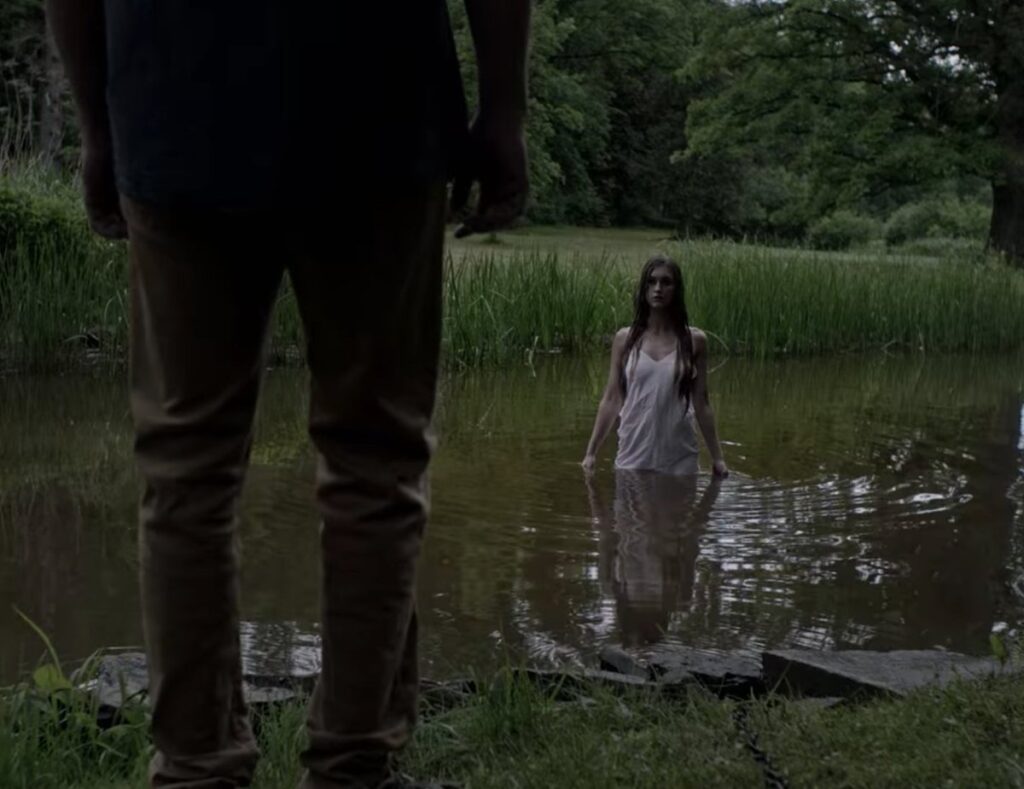
3. Themes & Messages
- Trapped by Time / Loop & Fate: The film plays with the idea of repeating cycles, inescapability, and whether freedom is illusory. The escape room becomes a metaphor for life’s recurring patterns.
- Psychological Otherness & Unseen Dangers: It suggests that the weird, the uncanny, and the supernatural may lie just beyond what we accept as normal. Belief and doubt become battlegrounds.
- Family & Repairing Bonds Through Crisis: The tension between Karen and Michael suggests that extreme pressure and shared trauma might force reconciliation or understanding. Survival becomes a metaphor for emotional survival.
- The Cost of Curiosity / “Enter at Your Own Risk”: The film cautions about entering what appears as entertainment without full knowledge of danger — a classic horror warning.
While not overtly tied to holiday or seasonal sentiments, themes of cycles, renewal, confronting past loops, and bond recovery can resonate symbolically (like cycles of time, second chance) in reflective periods.
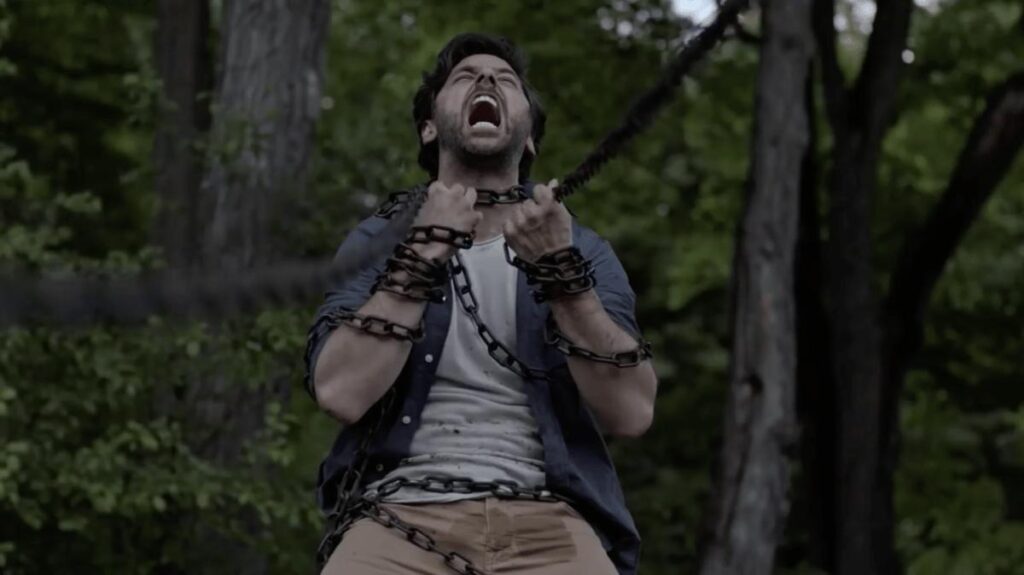
4. Personal Impressions
What I Liked
- I appreciated the ambition: the film doesn’t just rely on traps but tries to layer in paranormal, temporal, psychological elements. That gives it more texture than a straight “trap house” horror.
- The father–daughter relationship gives emotional weight. Their conflict (estrangement, trust, healing) helps root the horror in human stakes.
- The loop twist is interesting. Once revealed, it casts earlier scenes in a different light, prompting re-evaluation of what was real or illusion.
- Some sequences evoke dread, especially in quiet or mirror/door moments — where what you expect to be safe becomes suspect.
What I Found Weak / Distracting
- Because character depth is light, the moments of danger sometimes feel less powerful. I wanted more backstory or personality.
- The shift from slow tension to more dramatic paranormal action is uneven. Some scares feel imposed, not organically grown from earlier tension.
- The ambiguous ending, while clever, left me unsatisfied in terms of emotional closure. It feels more puzzle than resolution.
- Occasional plot holes or leaps (e.g. how the time loop is structured, characters’ memory) made me pause.
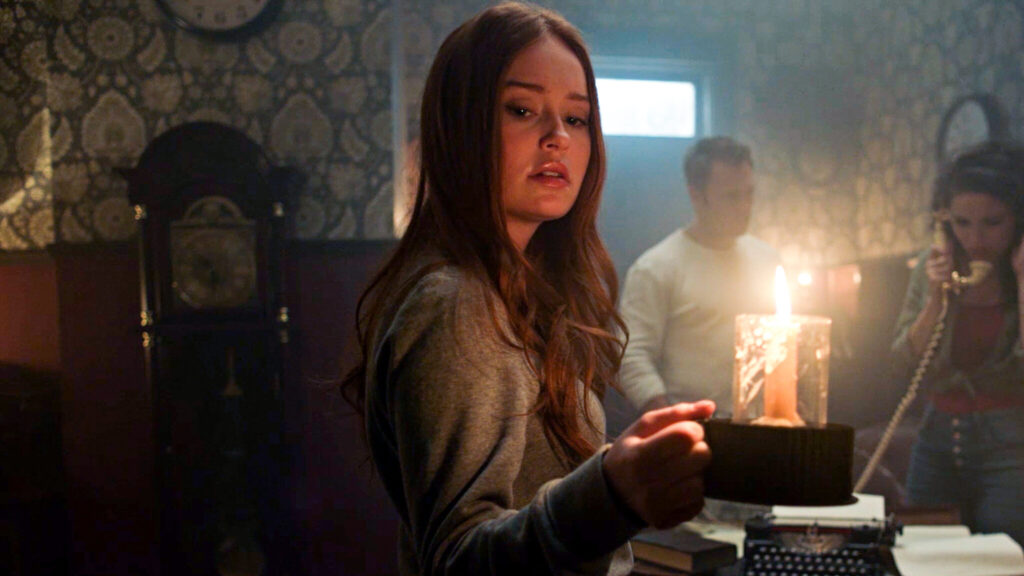
5. Audience Recommendations
This is probably best for:
- Viewers who like horror with psychological / paranormal layers, not just gore or shock.
- Fans of escape-room / puzzle horror who enjoy seeing the trope twisted with time loops.
- Audiences who don’t mind ambiguity, puzzles, and endings that prompt discussion.
- Viewers who want something lighter than full torture horror, but with creepiness and suspense.
Maybe less suited for:
- Those wanting strong, clearly defined characters and emotional arcs.
- People who dislike ambiguous or cyclical endings.
- Viewers expecting blockbuster horror — the film is lower key, TV-level in scale.
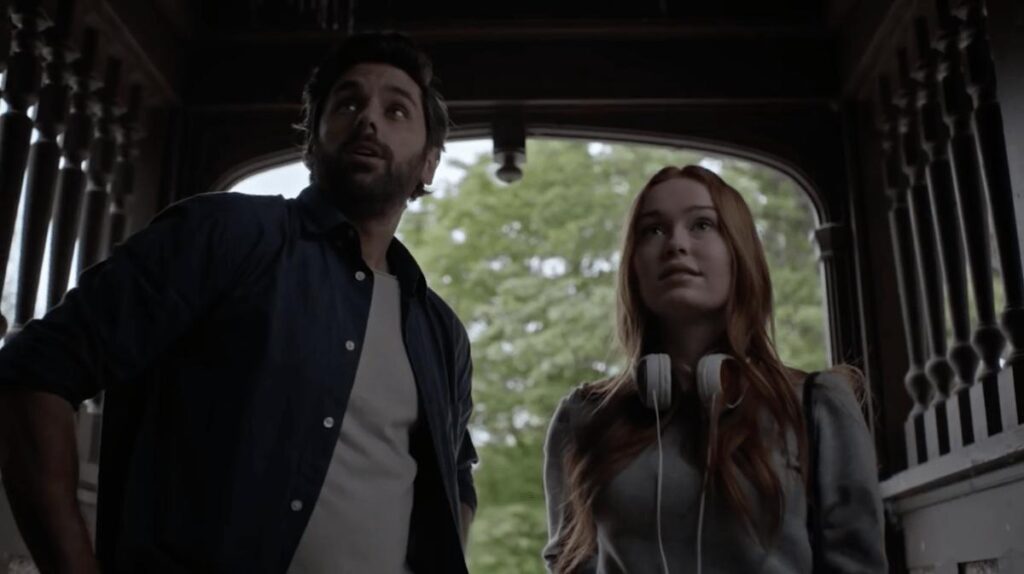
6. Conclusion & Rating
No Escape Room is not perfect, but it’s a worthwhile modest experiment in horror, combining escape-room tropes with paranormal loops and a family dynamic. It falters in depth and clarity, but has enough eerie moments and conceptual ambition to make it watchable for genre fans.
Final Recommendation: Watch it if you like horror that invites you to puzzle, not just scream. Don’t expect textbook resolution, but enjoy the ride, especially if you like psychological uncertainty.
Star Rating: ★★½☆ (2.5 out of 5 stars)
